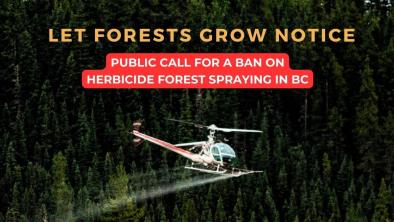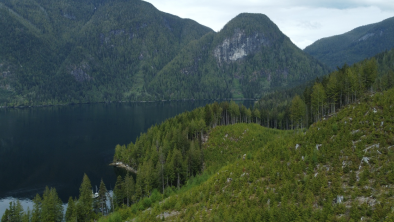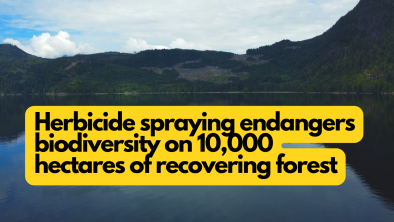Vancouver park board institutes pesticide ban to help save honeybees
Thursday, October 30, 2014
Vancouver Sun

The skinny
Vancouver’s park board will no longer plant or purchase plants treated with a class of pesticides implicated in honeybee die-offs after passing a motion banning “neonics”
on Monday night. While the park board does not use neonics in its own nursery operations, it does purchase about $175,000 worth of plants each year from third parties that may be using these pesticides.
What are neonics?
Neonicotinoids — widely known as neonics — are a class of pesticide used to protect nursery plants from damage by sap-sucking and leaf-chewing insects. Their main use is in the food system, where they are used to treat corn and soybean seed for large-scale agriculture. Health Canada blamed the use of neonics for a spate of bee deaths in 2012 and in 2013. The Pest Management Regulatory Agency concluded that “current agricultural practices related to the use of neonicotinoid treated corn and soybean seed are not sustainable.”
What happened?
The neonic ban is part of the rollout of the park board’s Pollinator Project, which facilitates the creation of landscapes and gardens in the park system that are friendly to honeybees, butterflies and other pollinating insects. “The park board has a limited jurisdiction, but one thing that we can do is help set industry standards, because we are such a big purchaser and we cover so much green space,” said commissioner Niki Sharma, who introduced the motion. “So we will not be buying from suppliers that cannot demonstrate that their products are neonic-free, and we won’t be using any in our system.”
Why do we care?
The new policy does not prevent nurseries from selling seeds or plants treated with neonics to their retail customers in Vancouver. A study released earlier this year by Friends of the Earth Canada found that half of the “bee-friendly” plants purchased in B.C. nurseries — including lavender and salvia — tested positive for neonics. Many of the samples contained neonics in levels that are not immediately lethal but that could be harmful to bees over time. Neonics are toxic to bumblebees and honeybees in chronic low-level exposure at levels as low as 0.1 to 10 parts per billion, according to recent studies.
What can I do?
Some samples from nurseries in B.C., Ontario and Quebec revealed levels of neonics well within the deadly range for pollinators at 15 to 52 parts per billion. Plants such as salvia and alyssum are often used in large numbers to fill flower beds or long edging, which increases the exposure to insects. To avoid neonics, purchase organic bedding plants and seeds, or ask nursery staff if plants have been treated before you buy.
Photo: Daniel Krieg (Flickr)


